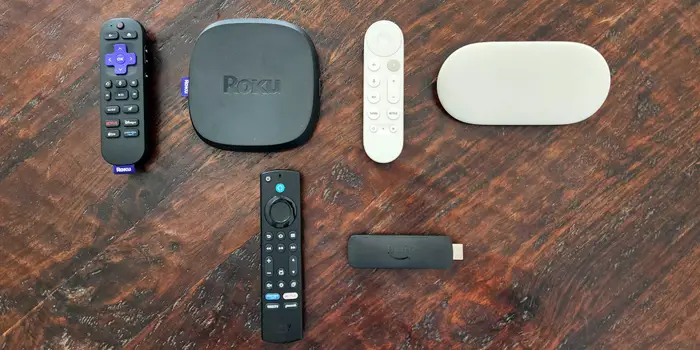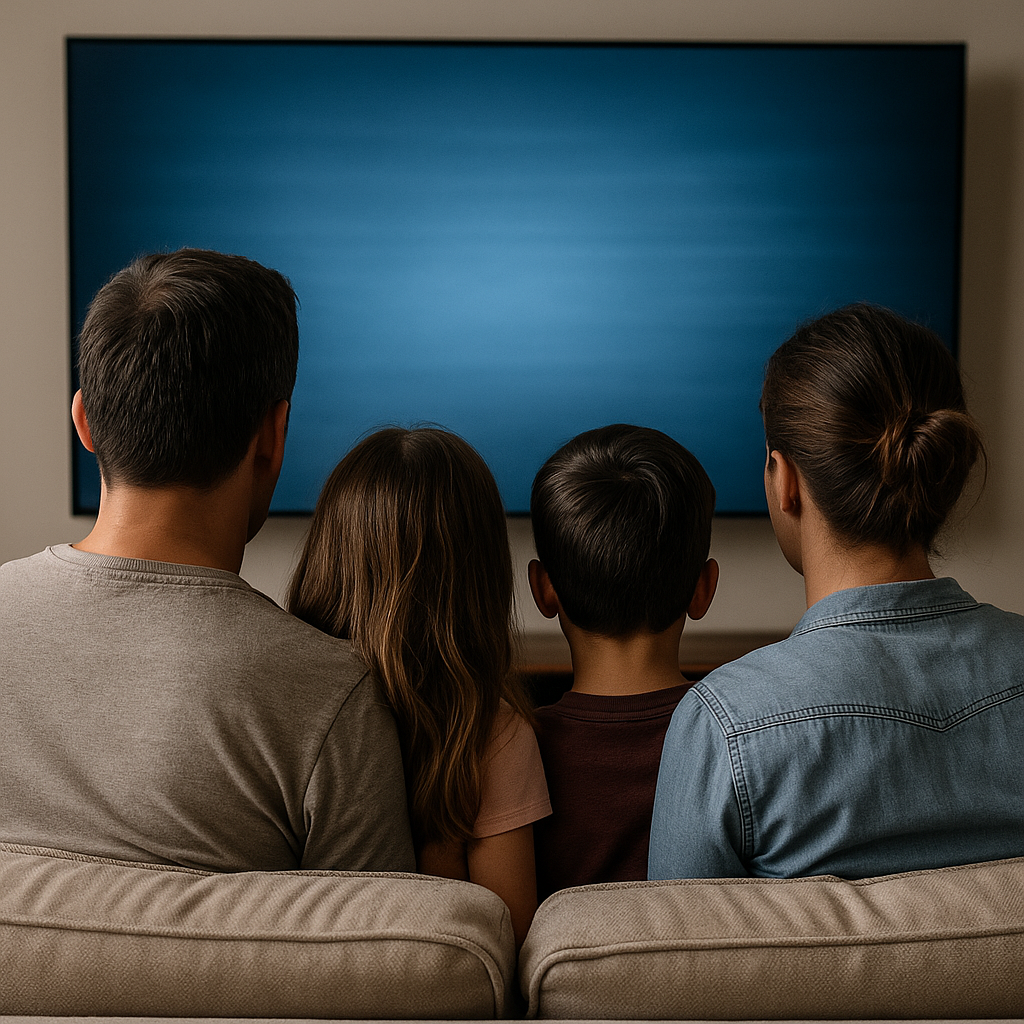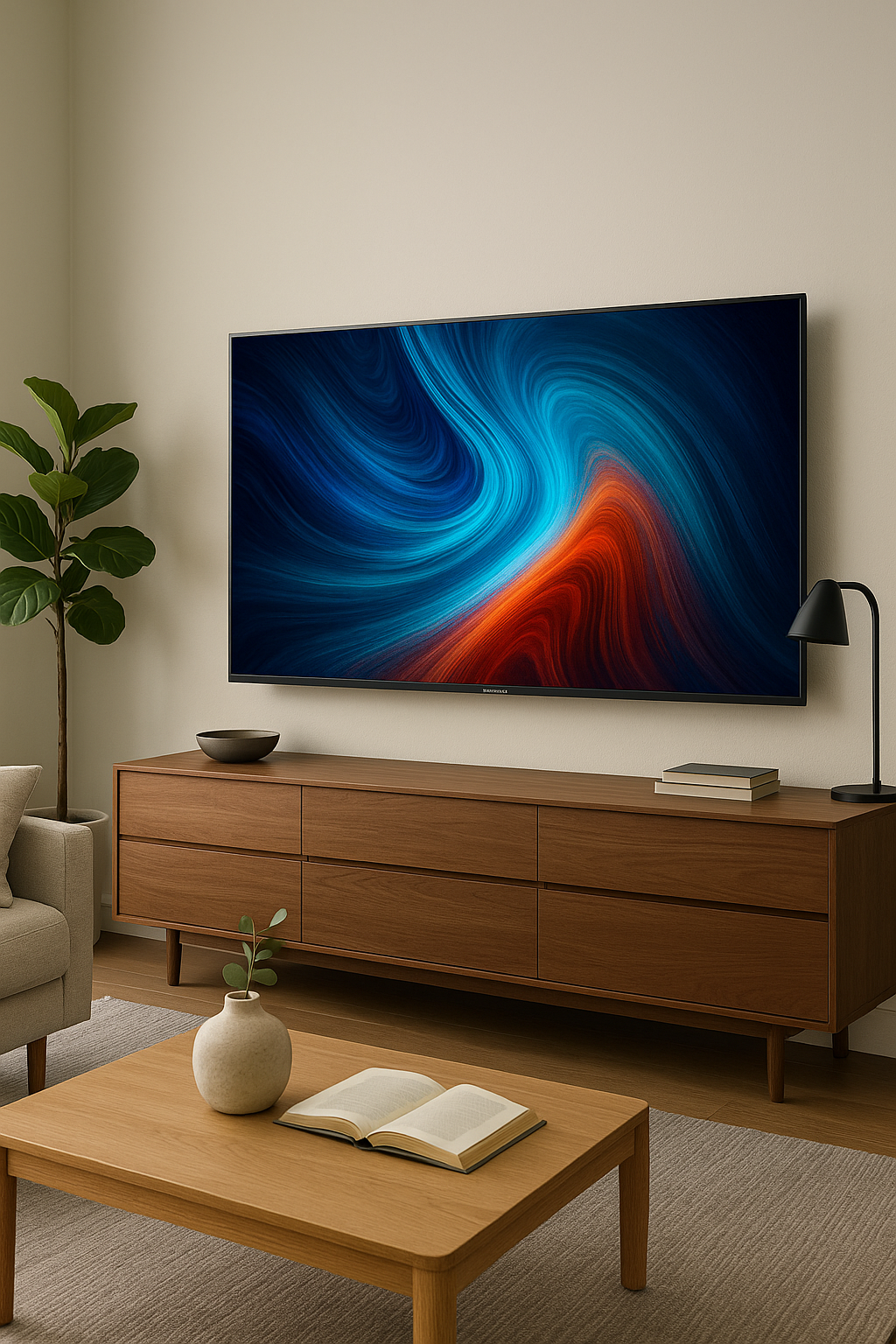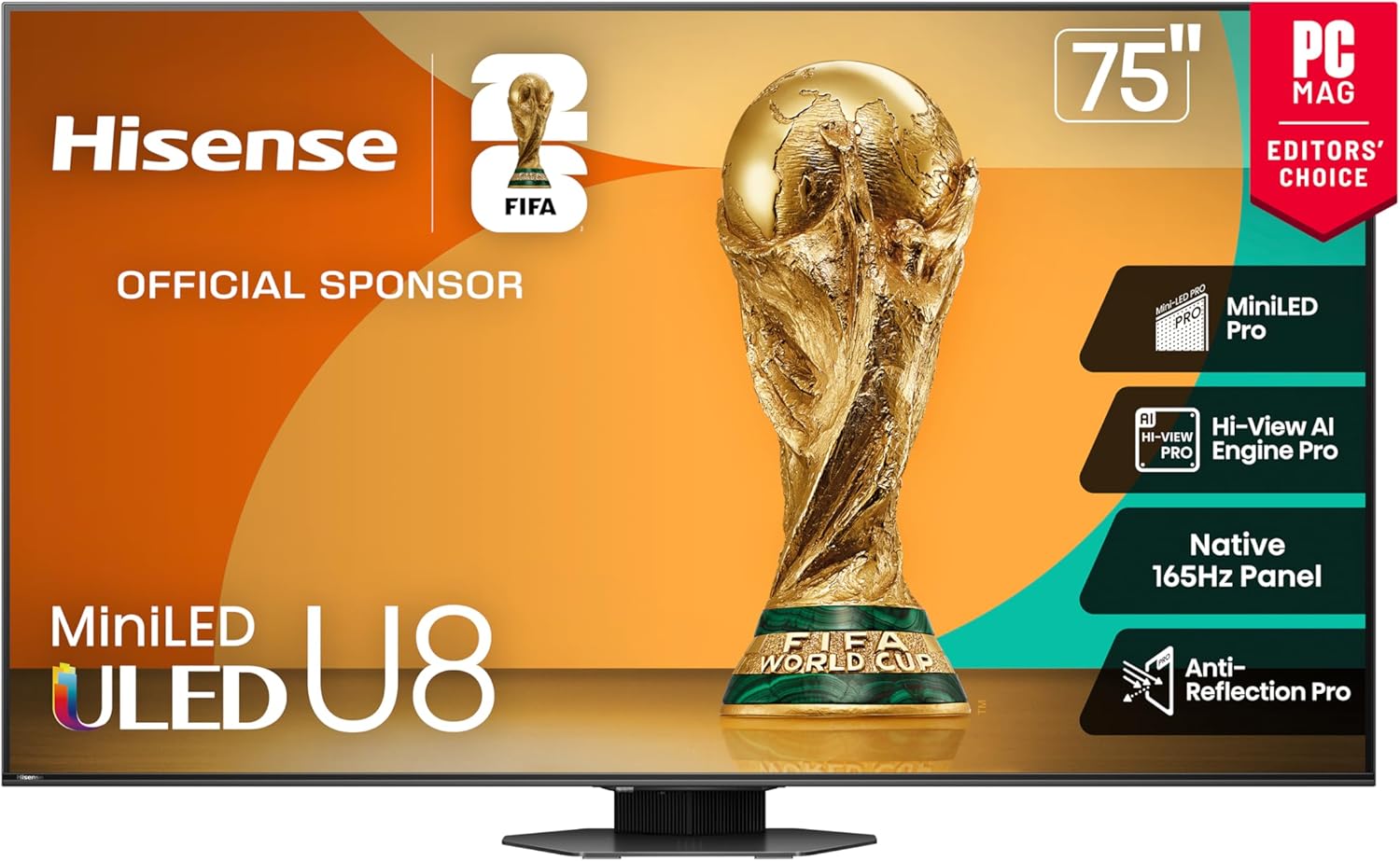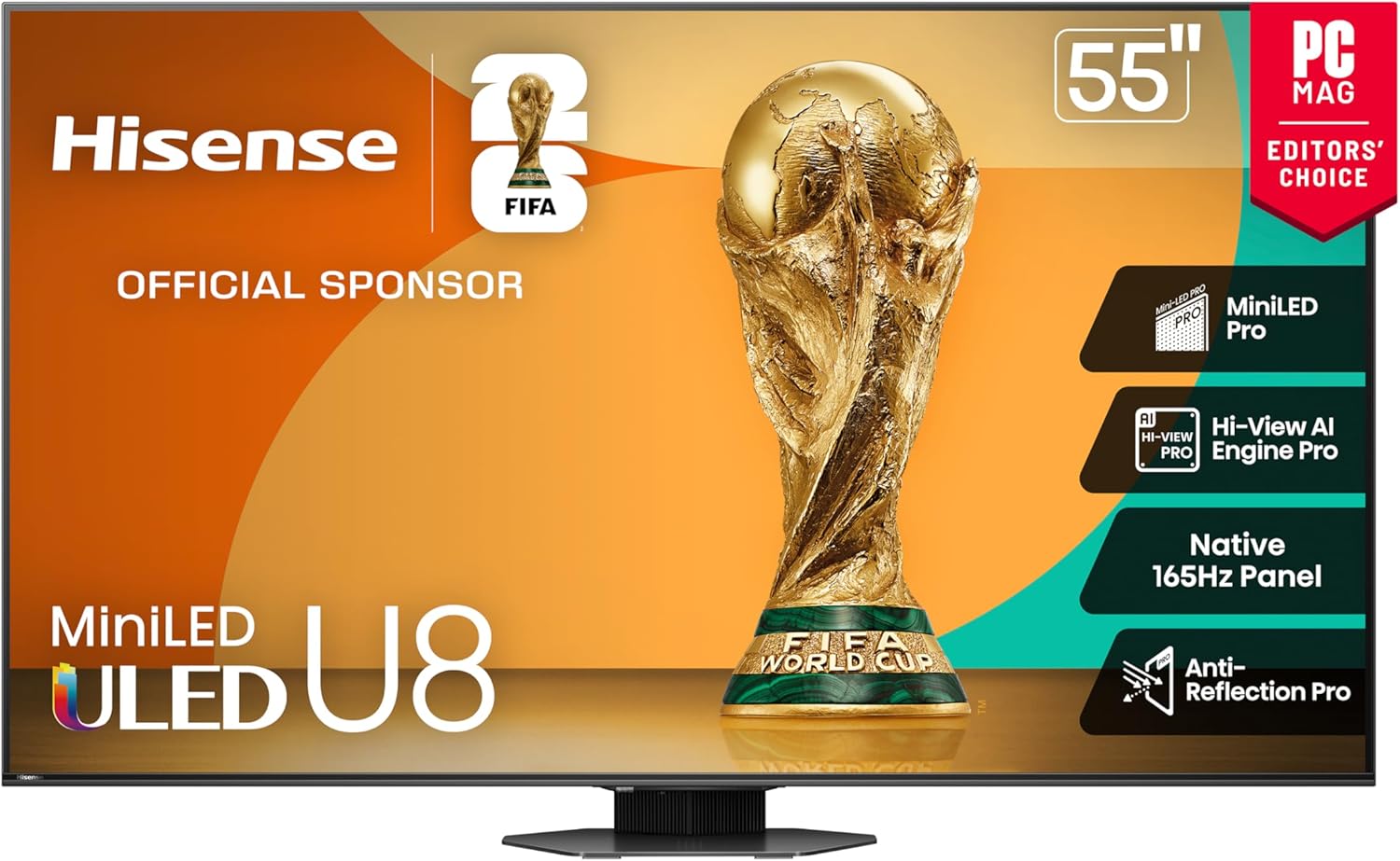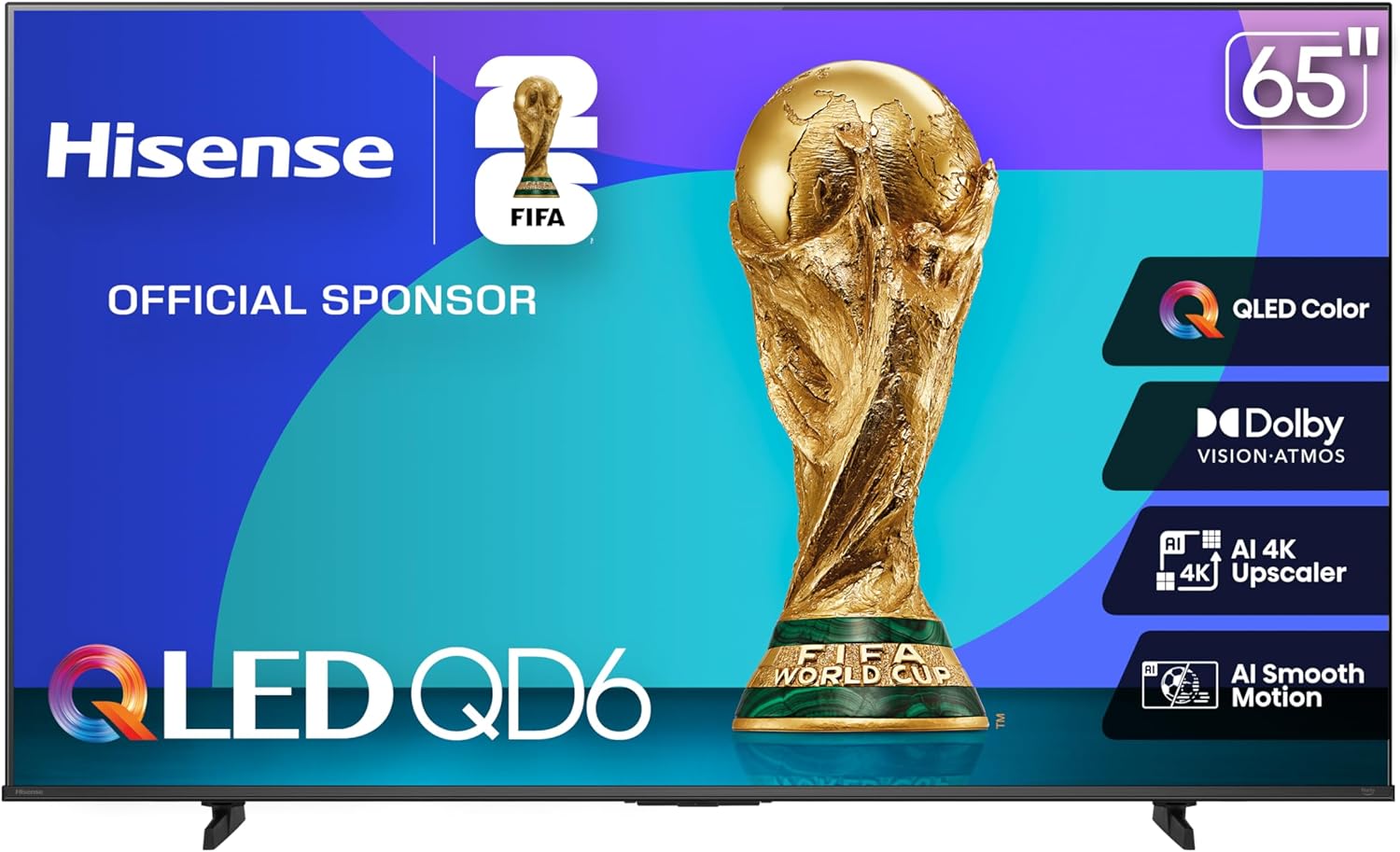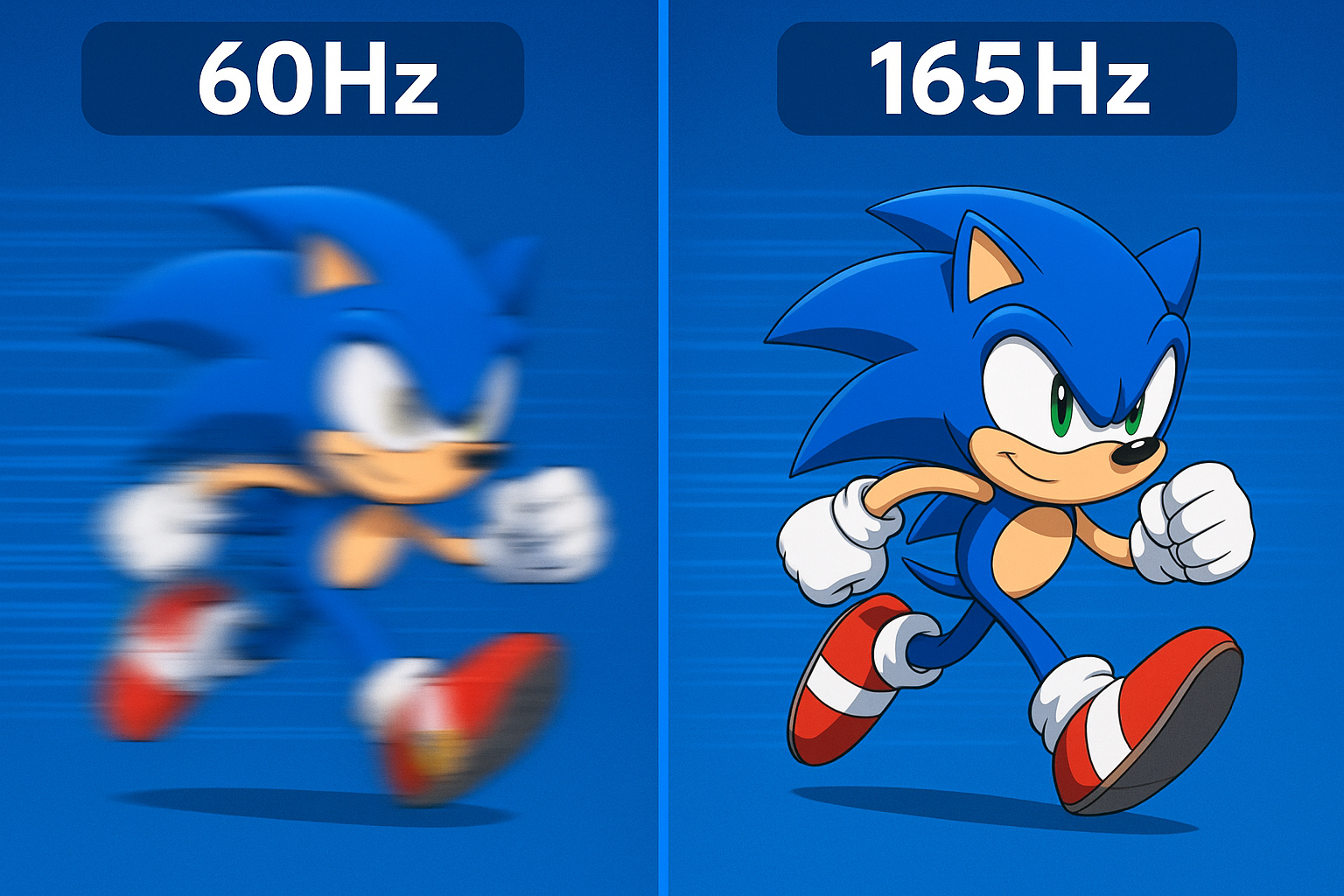Local Dimming Unlocked: How Mini-LED Zones Impact Contrast and Blooming
Local dimming is the secret ingredient behind the jaw-dropping contrast of modern Mini-LED TVs. But what actually happens when a set advertises 500 or even 1,000 dimming zones? Below, you'll see how zone count and algorithm tuning influence blooming, black levels, and brightness—plus an interactive demo that shows exactly how your favorite logo might glow a little differently depending on those specs.
Interactive Demo: How Zone Count Affects Blooming
Adjust the slider from 24 to 1000 zones to simulate how fine-grained Mini-LED dimming reduces haloing. The centered "Technichole" logo and white subtitle mimic real HDR scenes. Click them to toggle each layer, and experiment with different room lighting.
Tip: The logo is truly centered (not top-right). Click it to toggle visibility.
How Local Dimming Works
Every LCD TV relies on a backlight shining through a filter of pixels. The problem is that standard LED panels light the entire screen at once— so when a bright object appears against black, some of that light leaks through, washing out the darkness. Local dimming changes the game by dividing the backlight into zones that can dim or brighten independently.
When a star glows on a black sky, only the few zones behind that star brighten. In a high-zone Mini-LED TV, those clusters are tiny, allowing precise control. With just a few dozen zones, you'll see halos; with hundreds or thousands, you get deep blacks and crisp highlight separation that rival OLED displays.
Zone Count vs. Real Performance
Zone count is a helpful metric, but it's not the whole story. The way each zone's brightness "spills" into its neighbors—the diffusion algorithm— matters just as much. Two TVs might both claim 500 zones, yet one can look visibly cleaner because its transitions and diffusion are tuned better. That's why our interactive slider gives you both the number of zones and a "dimming aggression" option, representing how quickly a TV kills its halos.
High aggression kills blooming but risks black crush, where shadow details vanish. Softer dimming keeps detail but allows a faint halo around subtitles. Every manufacturer tunes that balance a little differently.
Why Subtitles and Logos Are a Torture Test
Subtitles, channel bugs, and sports scoreboards all combine small, bright shapes with a dark background. They sit still for long stretches, making halos easy to spot. In the demo above, try switching the logo off and on; you'll see how a concentrated highlight spreads depending on your zone count. That same blooming you're seeing in simulation is what reviewers point out when they praise "tight halo control."
Mini-LED vs OLED in Everyday Viewing
OLED pixels are self-emissive: each one turns off completely when black, producing essentially infinite contrast. But OLEDs can't yet reach the extreme brightness levels of top Mini-LEDs, especially for HDR in bright rooms. Mini-LED bridges that gap. You get near-OLED depth with punchier HDR highlights—plus better lifespan and no burn-in worries for households that watch varied content or leave static UI elements on screen.
Room Lighting Changes Everything
Watching in a pitch-black room amplifies halos because your eyes adapt to darkness. That's why the demo includes a lighting selector: even modest bias lighting behind the TV can make blooming less distracting. In bright living rooms, ambient light naturally hides halos— which is one reason bright-room buyers love high-brightness Mini-LEDs.
Calibrating Your Own TV
- Start in Filmmaker/Movie mode for accurate tone mapping.
- Set Local Dimming to "High" (drop to Medium if blacks look crushed).
- Enable bias lighting to reduce perceived haloing in dark rooms.
- Test with subtitles and star-field content to see your panel's true limits.
- Keep firmware updated; many brands quietly improve dimming performance over time.
The Takeaway
Mini-LED isn't just marketing—it's a genuine leap in how LCD panels handle light. More zones mean finer control, smoother HDR, and fewer compromises for brightness-hungry households. The next time you compare TVs in a store, focus less on peak-nit numbers and more on how cleanly each set handles bright text over black. That's where good local dimming truly shines.




